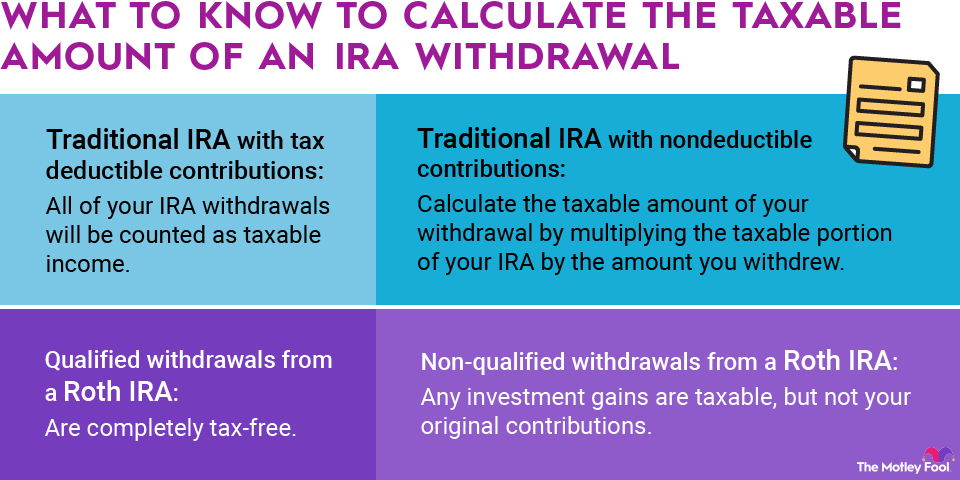Direct labor rates are the labor costs directly resulting in the production of a product or delivery of a service. These costs include wages, payroll taxes, insurance, retirement matches, and other benefit costs.
When calculating direct labor rates and costs, it's important to verify that the wages and costs used are directly related to a product's creation or service provided. Indirect labor, like support roles, supervisors, quality control teams, and others without a direct contribution, should be excluded from your direct labor cost and rate calculation.

Direct labor costs in different industries
In a service environment, direct labor rates can be recorded directly on a per-job basis. Lawyers, consultants, and others are often required to track their billable hours so that the direct labor cost can be passed directly to the customer.
In a manufacturing setting, direct labor costs are more likely measured in aggregate and then divided by either time to get the direct labor rate or by production over a given period to get the direct labor cost per unit.
Whatever the setting is, tracking and managing direct labor costs and rates can help management optimize the production process, keep costs low, and improve efficiency. Direct labor can be analyzed as a variance over time, across products, and in relation to other process, equipment, or operational changes.
How to calculate direct labor rates
The first step in calculating the direct labor rate is to determine the total time spent on producing a product or delivering a service.
If a three-person auditing team spends a full 40-hour work week auditing a client's inventory, that equates to 120 hours of labor on that job -- three auditors times 40 hours worked each.
Likewise, if a manufacturing factory employs 100 workers for 100 hours during a product run, the manufacturer of that product required 10,000 hours of labor -- 100 workers times 100 hours.
Next, we must determine the total labor costs of the employees working those hours. In the auditing example, one auditor could be a senior team member with a higher salary, payroll taxes, and benefit costs than the two junior members. Each team member's costs should be calculated independently and then added together to get the correct total.
In the manufacturing example, some workers may have special skills that command a higher salary, while others could be unskilled and less expensive. In both cases, it's important to calculate the total aggregate expense for all the workers directly involved, accounting for the variances in their pay, benefits, and taxes to ensure an accurate total cost.
Once you have the total cost, the direct labor rate is calculated by dividing that dollar amount by the total hours of labor calculated earlier.
The result is the direct labor cost per hour for producing that product or delivering that service.
If you're looking for information on stocks, head over to our Broker Center, where we can help you get started investing.


















